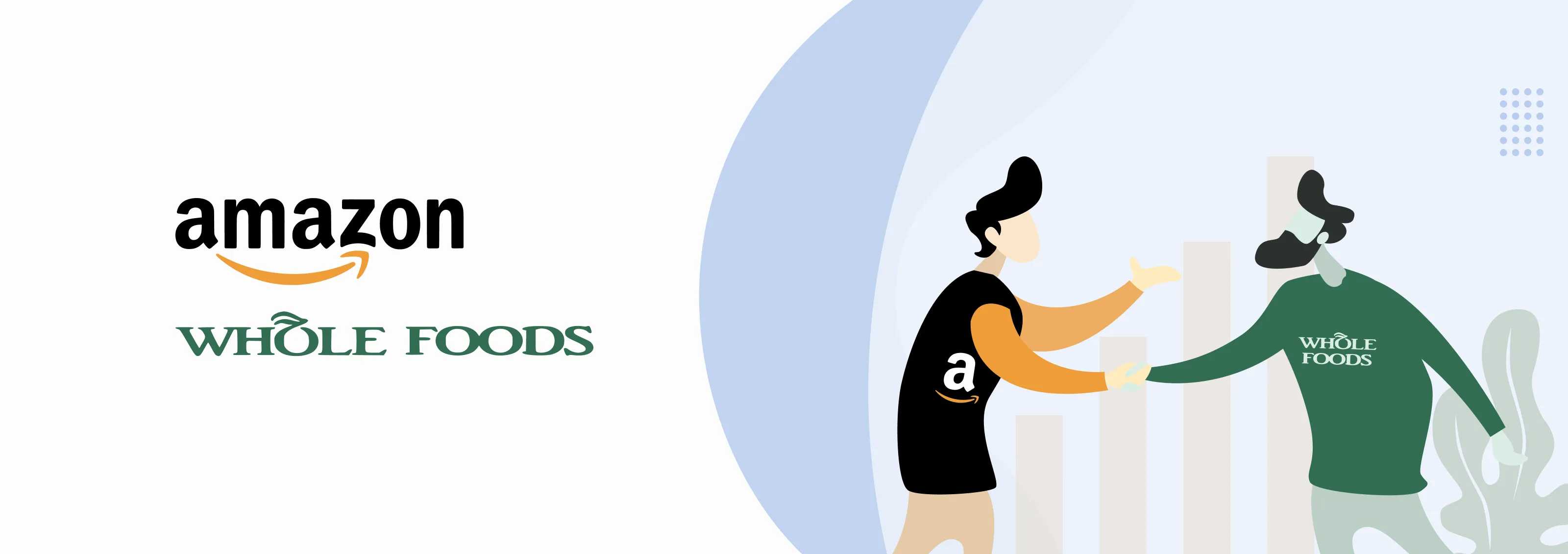Mergers and acquisitions are nothing if not learning experiences. It’s rare that a transaction doesn’t provide the participants with at least some takeaways.
DealRoom has worked with hundreds of companies over the years on their M&A transactions, and when asked about what they’ve learned, the breadth of their answers is astounding.
However, most answers tend to fall into one of a few broad categories.
Below, we look at some of these lessons, three positive and three negative, as well as the well-known examples that you can learn from.
Learning from Successes
Here are examples of successful acquisitions:

1. The right price is the right price for you: Morgan Stanley and E*Trade acquisition
Overpaying for a target is always a mistake.
But it’s also important to distinguish between what most people think is the right price and what constitutes the right price for the buyer.
There is a fine line here, where hubris can quickly make things go awry, but if there’s sound logic underpinning the deal for the two companies to come together, it may make sense to pay a premium to ensure you land the asset.
This was the case in 2020 when Morgan Stanley acquired E*Trade for $13 billion - a 30% premium on a stock that was already trading at 13 times earnings.
Coupled with news of a Covid-19 shutdown, it’s fair to say the market didn’t react well to the acquisition: Morgan Stanley’s share price dropped from $55 to less than $30 within a month.
But move forward to July 2021 and the stock is worth $75. It was right for them. Just not for everybody else.

2. Understand where the market is going: Facebook and Instagram acquisition
It’s easy to believe that everyone that makes a successful acquisition simply understands at what stage their market is at.
In theory, that should be easier for people already operating in that market, but shifts in technology take even the most experienced companies by surprise (see the number of retailers that have gone bankrupt, failing to anticipate the rise of ecommerce by way of example).
Facebook’s acquisition of Instagram for $1 billion in 2012 makes it look like a company that knew exactly where social media was headed. It seemed like a lot to pay for 25 million users - particularly when Facebook had hundreds of millions.
But Instagram allowed advertisers to advertise in ways that Facebook couldn’t. And Mark Zuckerberg knew that advertising was key to the survival of social media. Fast forward to 2021 and Instagram has 1 billion users.

3. When the right company appears, acquire: Walt Disney Co. and Pixar acquisition
Some of the best acquisitions are opportunistic. Just because a company isn’t actively looking to make acquisitions doesn’t mean that undertaking M&A is a bad idea.
A number of factors can conspire to make buying another company a good idea when least expected. On the rare occasions when these deals present themselves, you’ll be able to identify them because both sides of the transaction will know that a deal makes perfect sense.
This was what happened when Disney acquired Pixar in 2006. The two had a distribution agreement which was coming to an end and had to be renegotiated. But as soon as both sides considered it, a merger made far more sense.
The synergies were huge. Best of all, Disney was able to acquire Pixar with a share deal that valued it at a premium of less than 5% of its going market price.
A match made in heaven.
Read also
7 Steps to a Successful M&A Deal (Useful Guide)
Learning from Failures
Here are examples of acquisition failures:

1. Underestimating culture: Amazon and Whole Foods acquisition
Underestimate culture at your peril. Perhaps culture in M&A isn’t given the importance it deserves because it’s considered the ‘soft’ side of a deal.
A litany of failed deals owing to culture clashes between two companies shows what a colossal error this is. When Amazon acquired Whole Foods in 2017, from the outside, it looked like a match made in heaven.
Amazon had a way into the grocery market, and Whole Foods instantly overtook its rivals in technology.
Only everybody forgot culture. Amazon, whose culture is largely based on efficiency and making incremental gains using technology, runs contrary to the more traditional and homespun values of Whole Foods.
In a way, the whole point of organic food is that it’s not efficient. It’s quality at the cost of efficiency.
Although the two companies remain an entity, it’s now generally accepted that their cultures were far too misaligned from the outset for the deal to be a success.

2. Rushing due diligence: Caterpillar and ERA acquisition
As soon as a company makes the decision to undertake a transaction, there’s an inherent desire to get the deal done.
This desire shouldn’t overtake the necessity to make sure that everything is in order beforehand.
The example of western companies trying to get on the China bandwagon through acquisitions at the turn of the century is littered with examples of companies failing to take ample due diligence in order to just get the deals done.
One such example is provided by Caterpillar and ERA in 2002. On the surface, Caterpillar was acquiring an industry leader in China, giving it the ideal launchpad into the world’s largest coal market.
Underneath the surface?
ERA’s coordinated accounting misconduct which had gone on for years. Caterpillar was cavalier in its attitude to due diligence. The result was a $580 million write down in the value of the target.

3. Overestimating synergies: News Corporation and MySpace acquisition
M&A synergies may be the most commonly cited reason for executives for undertaking mergers and acquisitions. As a rule, the bigger the deal, the bigger the estimated synergies from the deal will be.
And while synergies usually do exist, so does the temptation to overstate them. A sort of built-in bias in dealmakers’ thinking.
A Bain survey of executives showed that around 60% of them state that they’re guilty of overestimating synergies from deals.
Mixing new with traditional media provides ample cases of companies overpaying for new media with the idea that it will generate huge synergies.
The case of News Corporation acquiring MySpace for $580 million in 2005 is a case in point. News Corporation, with its speciality in delivering media adverts, thought Myspace would generate $1 billion in synergies per year.
A huge overestimation. Some years later, it was divested for a figure of $35 million.
Read also
The 8 Biggest Mergers and Acquisitions Failures of All Time
Top 10 Reasons why Mergers & Acquisitions Fail
Conclusion
There’s no need to reinvent the wheel every time you decide to participate in mergers and acquisitions.
There are enough deals that have been concluded - good and bad - that can be learned from. Even if the examples aren’t associated with your industry, or the companies are several sizes the size of your own, take some lessons from each.
Applying them gives anybody a good roadmap on their M&A journey.
%2520(1).jpeg)



















.png)
.webp)



.webp)
.webp)
.webp)





.png)
.png)
.png)
.svg)

.svg)
.png)
